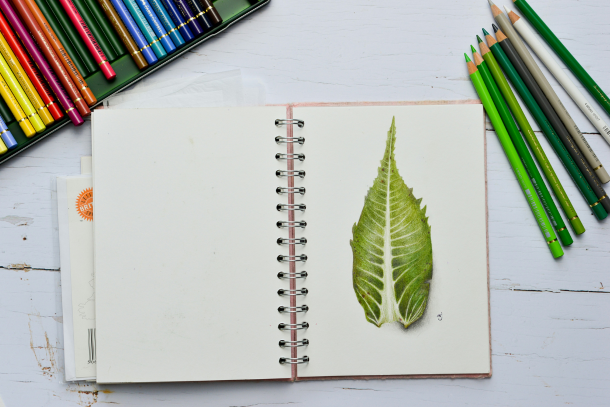Best water bottles that are reusable
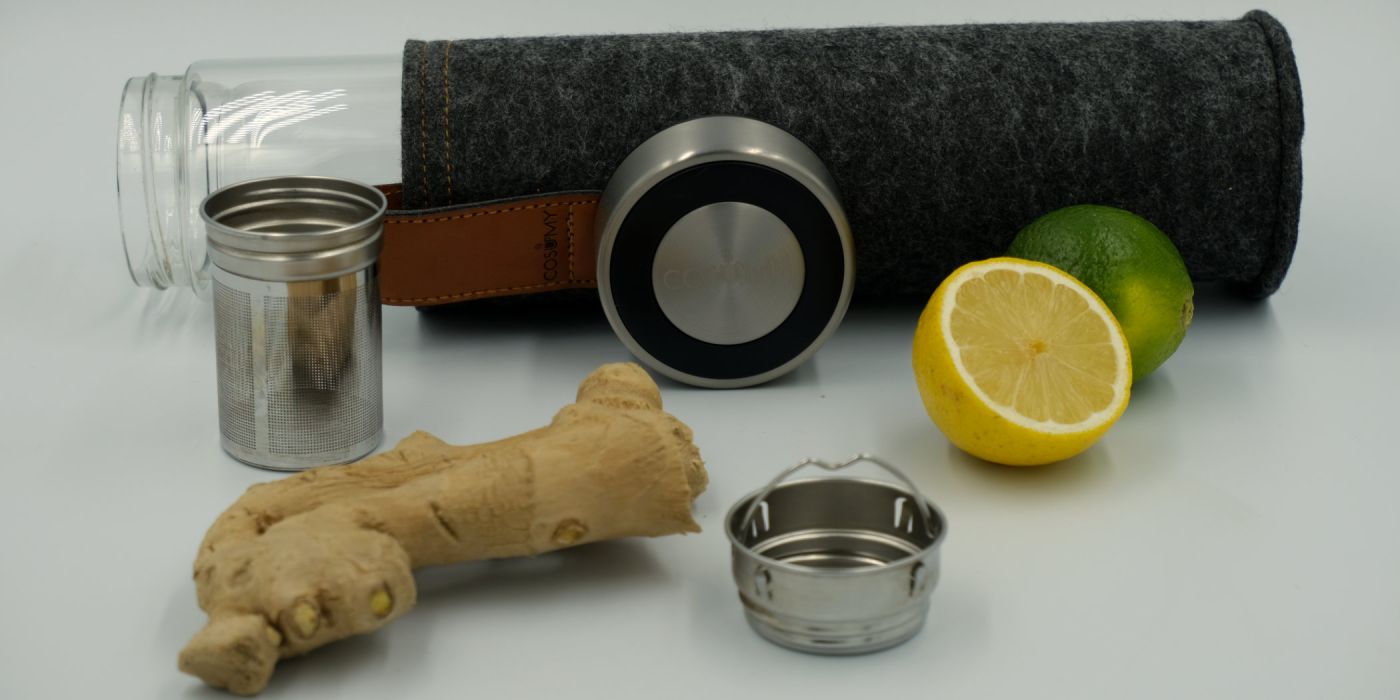
A water bottle is a container used to store liquid, such as beverages. It is a great way to transport fluid, especially for individual use. They make it easier to drink water, and other types of drinks, on the go.
What are the different types of reusable water bottles?
There are four standard types of reusable water bottles, and each will cater for different needs. These four types of water bottles consist of different materials. You have:
- Aluminium
- Plastic
- Stainless Steel
- Glass
Aluminium water bottle
Aluminium water bottles are long-lasting and robust; they are suitable for outside use and keep drinks cold. If you are active and often do exercise, a cold refreshing beverage is perfect to have alongside you. They are reusable and eco friendly, containing recycled content. When you decide to throw away your aluminium bottle, it decomposes quicker than other bottle materials. Still, ideally, you would recycle anything made of aluminium as it is an excellent material to recycle. The energy used to produce aluminium is significantly lower than that of other materials, meaning that the emissions from producing them are lower.
Water bottles made from aluminium are safe and prevent the risk of spills and leaks with secure lids. Ensure that you buy one BPA (Bisphenol A) free when purchasing an aluminium bottle. BPA can leak into food and drinks when used, and some say it can cause potential health risks. Aluminium itself is a safe material to drink from.
| Pros | Cons |
| light and easy to transport | Not all bottles are easy to clean, such as dishwasher friendly |
| Cheap, but durable | It can leave a metallic taste in the beverage |
| They can be bought in various sizes to suit your needs | It can easily be damaged if dropped |
| Plenty of designs to choose from | They are not heat resistant |
Plastic water bottle
Plastic bottles come in two forms. Reusable, hard plastic bottles or disposable, softer plastic water bottles that come prefilled with beverages.
Plastic water bottles that are disposed of are incredibly damaging to the environment. It takes at least 450 years for a plastic bottle to degrade completely. It is estimated that 60 million plastic water bottles are placed into landfills and incinerators every day.
As well as being detrimental to the environment, using disposable water bottles can be bad for your health. According to FloWater, there is a higher risk for chemical leaching. This occurs when the plastic is heated, and the chemicals from the plastic are released into the water. If you are taking your disposable bottle somewhere hot, for example, outside or in the car on a hot day, there is a higher risk that you will be exposed to these chemicals and consume them in the process of drinking your water. However, they are convenient and easily accessible, so many people prefer to buy them when they are out.
Alternatively, there are reusable plastic bottles. As long as you ensure that the plastic bottle you buy is BPA free, these bottles are a great alternative to disposable ones.
| Pros | Cons |
| Lightweight and easy to transport | Can contain BPA |
| Easy to clean and dishwasher safe | Mould can grow easier |
| Safe for kids to use | Different beverages can affect the smell of the bottle |
| Cheap | The temperature of the beverage cannot be controlled |
| Resistant to rust and mould | It can often be heavy |
Stainless Steel water bottle
Stainless steel water bottles are one of the best types of water bottles to buy. They have great benefits and are the best way to avoid BPA products. They have a great controlment of bacteria and are the best decision to make regarding the environment. They will last the longest out of each type of water bottle and are made up of sustainable materials. At the end of your stainless steel water bottles life, you can recycle the material easily through local authority recycling collections, making them a very sustainable choice.
| Pros | Cons |
| Eco-Friendly/Recyclable/reusable | Can dent if they are dropped |
| They do not alter the taste of the beverage as much | They can be more expensive than other types of bottles |
| Easy to clean and safe to go in the dishwasher | Cannot control the temperature of the beverage |
Glass water bottle
Glass water bottles are the best water bottles for keeping your water fresh. There are no metallic tastes or BPA, and they look nice and keep your water cool. A glass bottle is very neutral in terms of taste and will not taint whatever is contained, but of course, glass can break if dropped, so there is the risk in areas such as swimming pools and sports areas that, if dropped, the glass can become a hazard.
Glass is an easy material to recycle at council recycling centres or if your local authority collects through the weekly/bimonthly waste collection.
| Pros | Cons |
| Most can go in the dishwasher | It can be broken is dropped |
| It prevents chemicals from getting into the water | It is not a safe option for children |
| Last the longest out of the others (if not dropped!) | It doesn't keep the water cold |
Wide neck bottles
Wide neck water bottles are ideal for adding ice cubes to keep your drinks nice and cool, and they give you the ability to fill the bottle with hot liquids reducing the risk of spillage. If you want to change the temperature of your drinks or are likely to use your bottle for lots of hot beverages, then buying a bottle with a wide neck is an excellent idea.
Insulated water bottles
This brings us to insulated water bottles. There are many different types of insulated bottles. One brand popular for many years is Thermos, a make synonymous with vacuum flasks. As a child, that telltale sound of glass and fluid sloshing around in the flask after a heavy knock meant trouble on return from my trip or school day and the expense of getting another insert. But all flasks and thermal bottles are much more robust these days.
Some are still the flask arrangement, but many stainless steel vacuum insulated flasks are now available. They often have a wide neck to allow ice cubes or hot liquids to be poured in, but then the lid has a straw built in so that opening the flask does not cause a rapid temperature change. Ideal for a day hiking when hot and in need of a cool refreshing drink or enjoying that hot soup as the snow falls on your hill walking trip.
Another type of insulated bottle has a material outer jacket that also doubles as a carry handle. Great for the added protection of the bottle should you drop it or find it banging against the rock as you climb or scramble over boulders on more challenging trips out.
Ultra Violet, UV water bottle
The Ultraviolet or UV water bottle is a recent addition to the water bottle market. The idea behind UV water bottles is that the UV light, in particular, UV-C (200nm to 280nm range), will be absorbed by DNA ( deoxyribonucleic acid), RNA (ribonucleic acid) and proteins. If proteins absorb enough of the light, then it can rupture the cell wall. If DNA and RNA absorb enough, it can stop replication because it disrupts the process that allows for such reproduction. To kill pathogens takes a lot more UV light, so, at lower levels, the effect is the stopping of any further replication, it stops the bacteria from growing, but it does not eliminate it.
So are the lights in the tops of these bottles capable of stopping or even killing pathogens? I have no idea; for me, a good bottle brush, some elbow grease, and soapy water every so often if just water, and every time if soup or tea, has been my go-to for cleaning.
The thought of relying on a light to keep the bottle clean and the hassle of recharging the bottle every few weeks when I can clean it after use is, in my opinion, a luxury not worth the extra cost and maintenance. Still, some friends swear by theirs, so perhaps I will be persuaded to upgrade one day, but not yet; I really like the bottle I have.
Bottles with filters
Water bottles with filters are popular, and many say they change the flavour of the water. The filtration is often a sizeable tablet-shaped filter that sits in the bottle's neck; others have active charcoal sticks that fit in the bottle and filter the water while allowing the water to flow freely from the bottle.
Indeed, they change the flavour of the water, but if the taste of chlorine is your problem, simply placing water in a jug in the fridge overnight will allow the chlorine to leave the water without any filtration. Then you can fill your bottle with virtually chlorine-free water.
One problem with such water filters is that they can become a breeding ground for bacteria! If they are not changed regularly, the bacteria can become lodged in the filter and grow. You can get into the situation of pouring clean bacteria-free tap water into the filter and then adding a growing bacteria population to your water. Not ideal, so if using a filter, it's a good idea to regularly change them to avoid making your bottled water less pure than when you filled it up.
Bottles with cages
I use a water bottle with a cage. It is great for adding fruit to and tea. It has to be turned upside down if you want to bring the tea into contact with the water, but this is great for allowing the ingredients in the cage to interact with the water, hot or cold, and then stop the interaction before the flavour becomes too intense.
Mine has a thick outer jacket with a flat bottom. Unfortunately, the head of the bottle lid has a slight curve, so it's best to invert when inside the sleeve.
I use it all the time, and it keeps my fruit teas nice and hot while writing. It is super easy to clean, made of thick vacuum walled glass.
And it looks good! Aesthetic bonus.
What water bottle is the best?
Each water bottle will offer a different advantage for the person using it. It is safe to rule out that disposable plastic bottles are the safest to use. However, apart from water bottles that contain BPA, all types of water bottles are safe to drink from. However, through research, it appears that glass water bottles are the favourite out of the bunch.
Ultimately, the best choice of the bottle depends on your preference and your needs. Ensure that any bottle you buy does not contain BPA and limit your use of disposable plastic water bottles. We are moving through the era of single-use plastic, and hopefully, the planet will forgive us for our bad behaviour. It may sound like a small thing to do, but if you change from throwing away single-use plastic to a solid recyclable bottle. The average UK citizen uses and disposes of 150 single-use plastic bottles a year; if your bottle lasts five years, that is 750 plastic bottles. The carbon footprint of so many single-use plastic bottles, including their transportation, would result in over 60KG of carbon dioxide. That's a considerable saving and not just a drop in the ocean.
I do hope you have enjoyed this article and hope that you will subscribe to my newsletter so you can get the latest information about all things naturally relaxing.
Stay in touch, join the Naturally Relaxing Newsletter
Newsletter Signup
Post Your Comments
or post as a guest
Be the first to comment.
Latest articles in Lifestyle
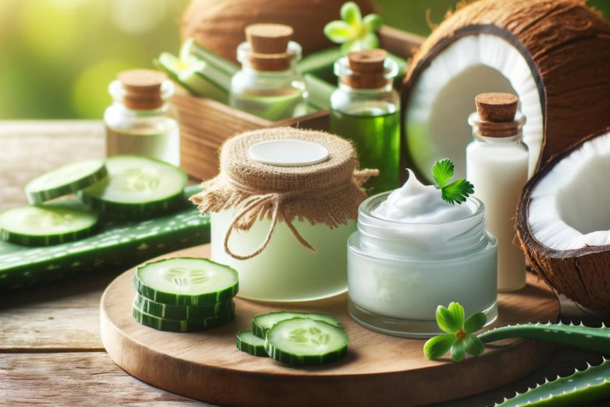
DIY Natural Beauty Treatments for Glowing Summer Skin
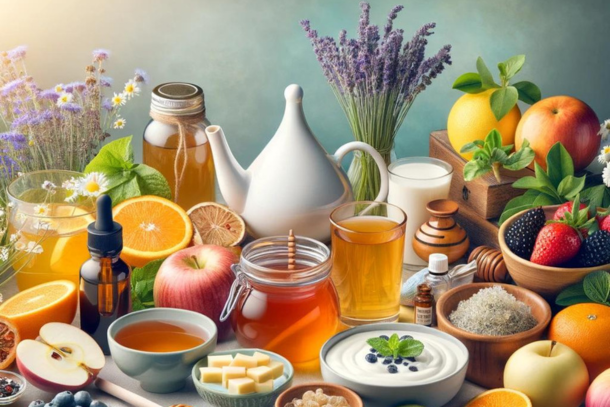
10 Natural Remedies to Combat Summer Allergies
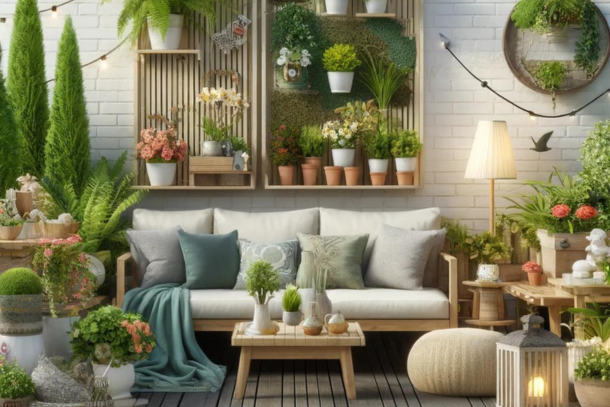
How to Create a Relaxing Outdoor Space for Summer
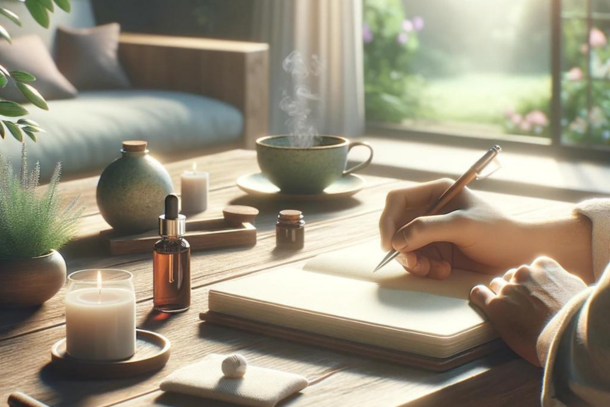
Mindfulness Techniques to Reduce Stress in Your Daily Life
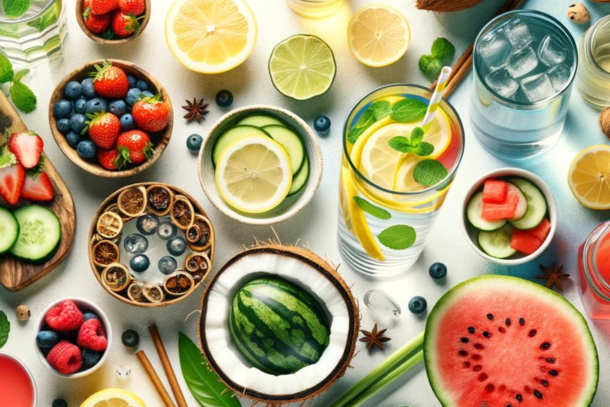
Hydration and Wellness: Natural Ways to Stay Hydrated in Summer
